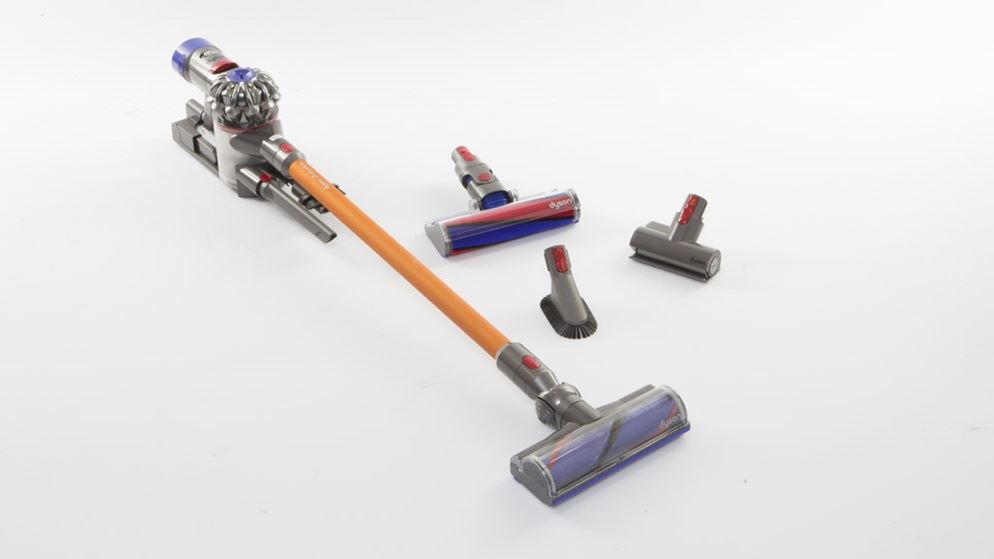Admiral Rockwell Tory
Diamond Member
- Nov 1, 2015
- 59,976
- 14,798
Gravity the force that attracts a body toward the center of the Earth. What is at the center of the Earth?
Iron core, basis of Earth's magnetic field...geodynamo, now look up magnetohydrodynamic..Now there's a .29 cent word, Yeeeeee-Haw!
What is at the center of the moon? Rock. Does it have gravity?
The center of Jupiter? The center of the sun?
Why do you go out of the way to prove you never made it past elementary school?



